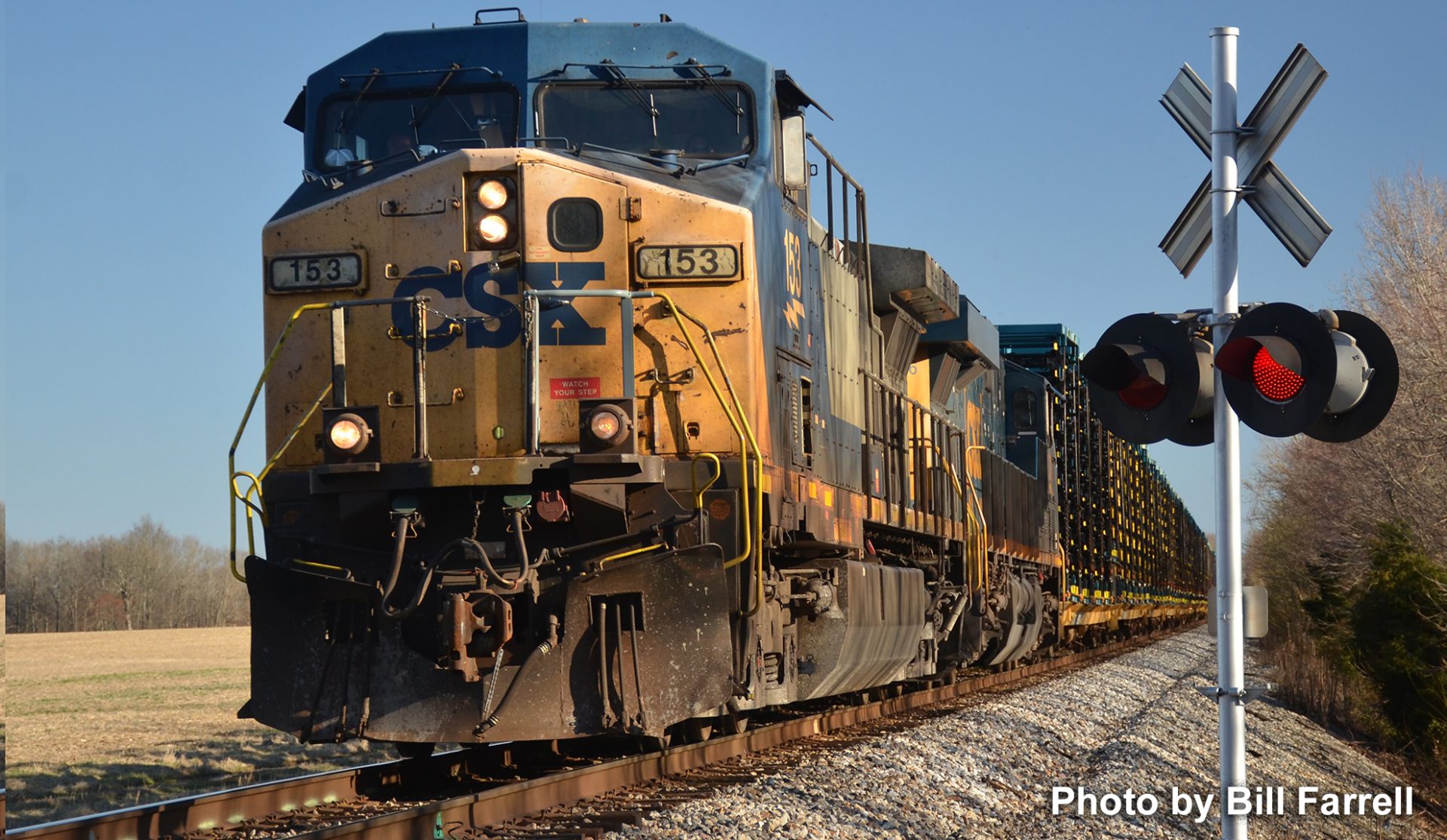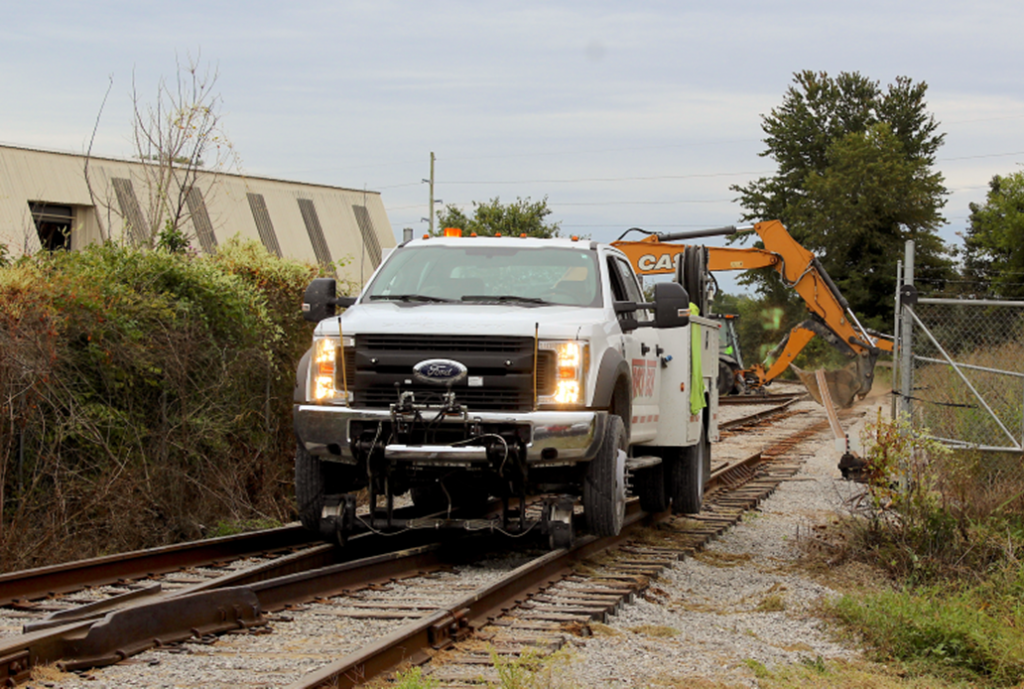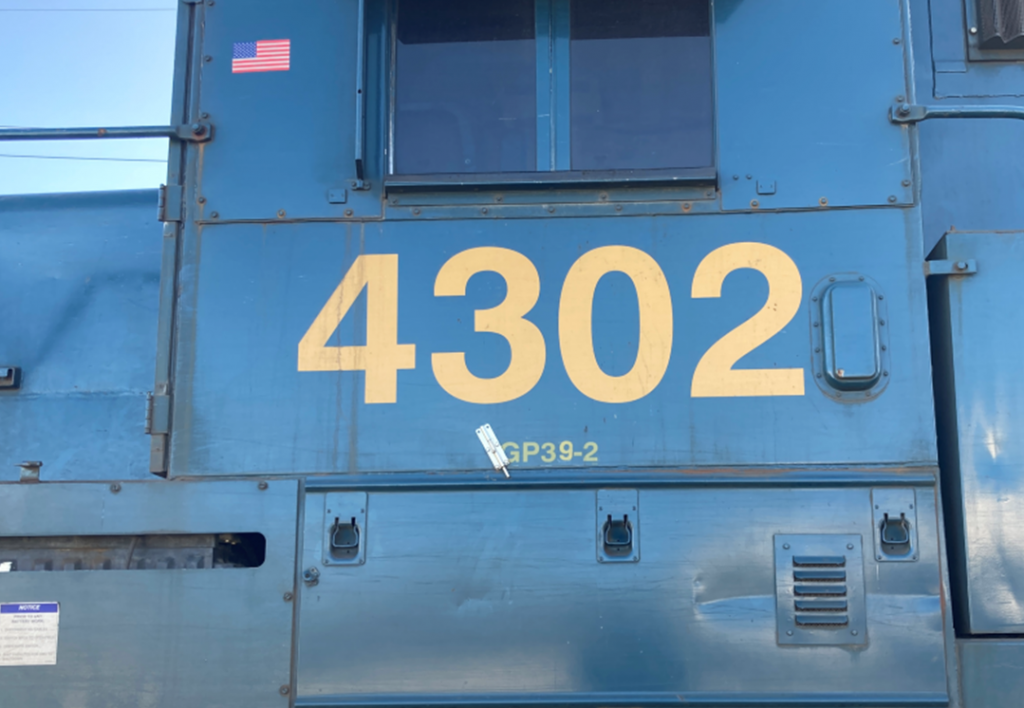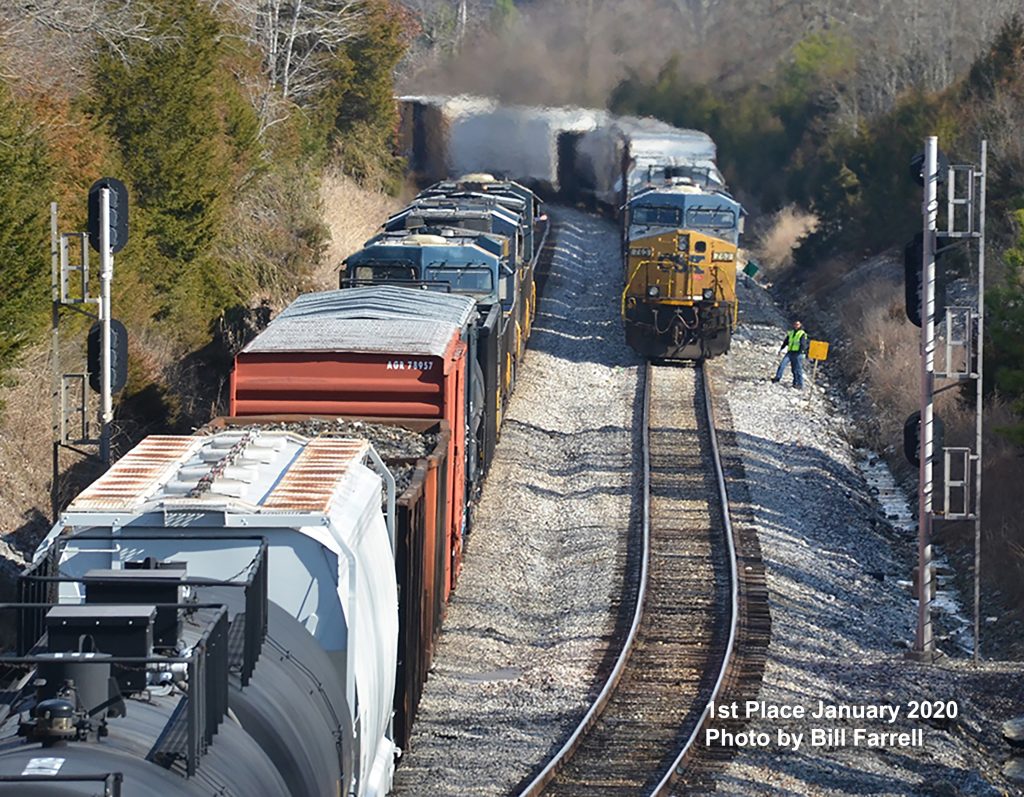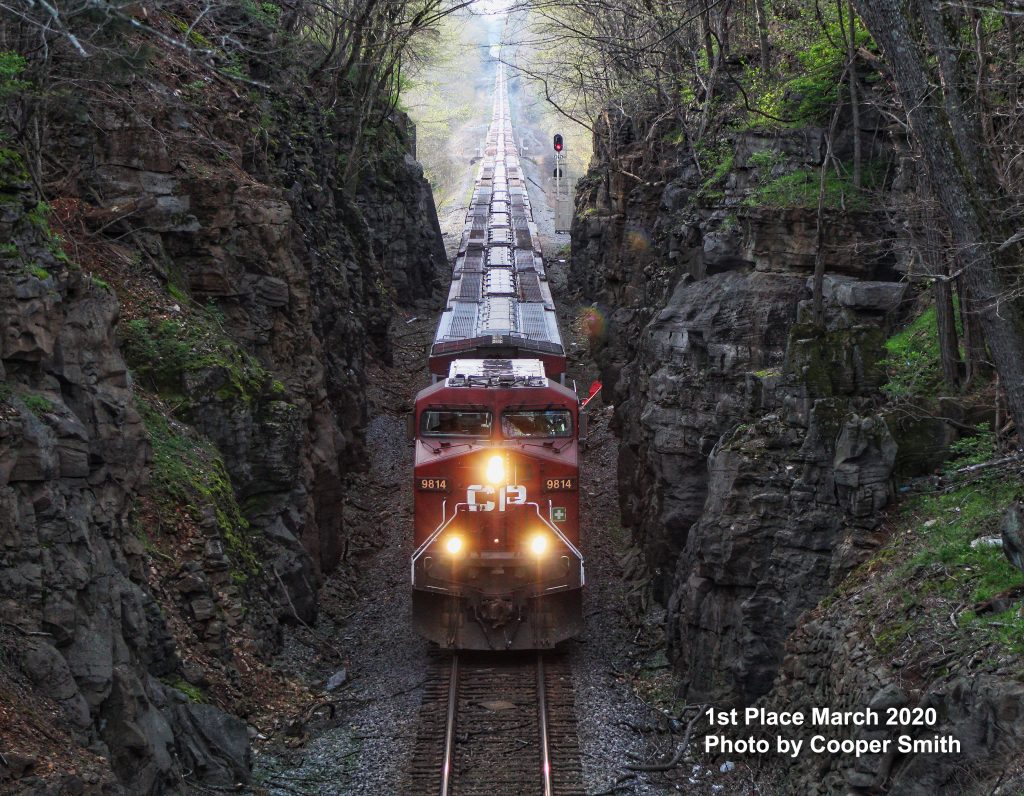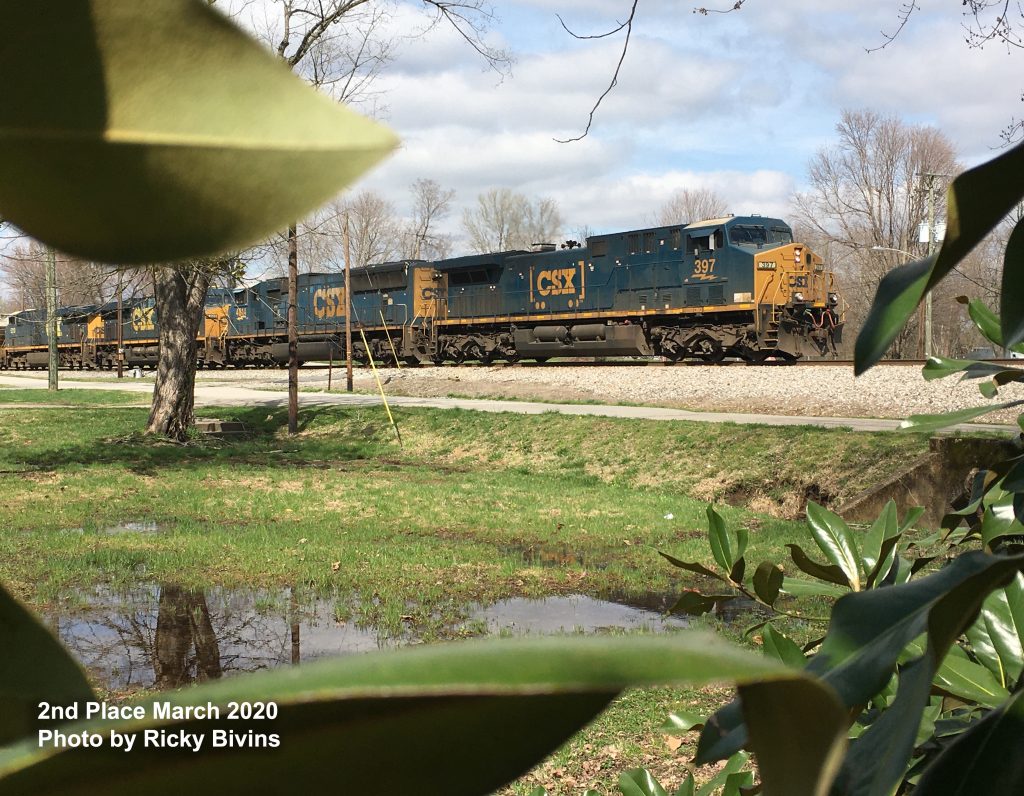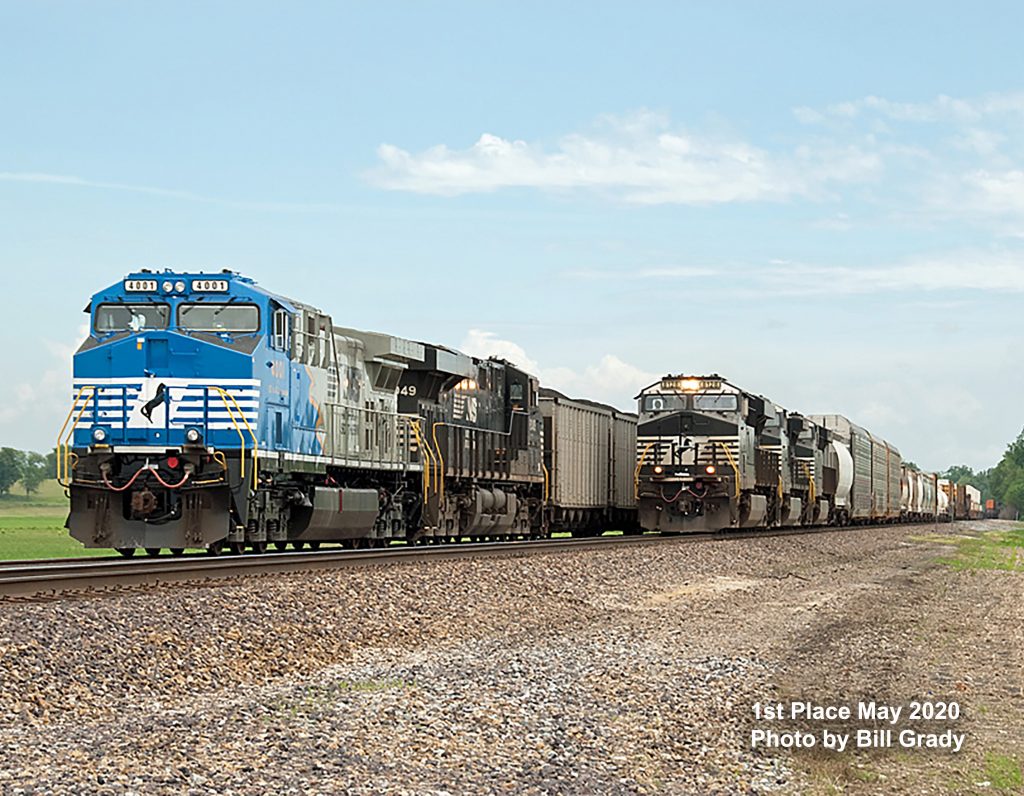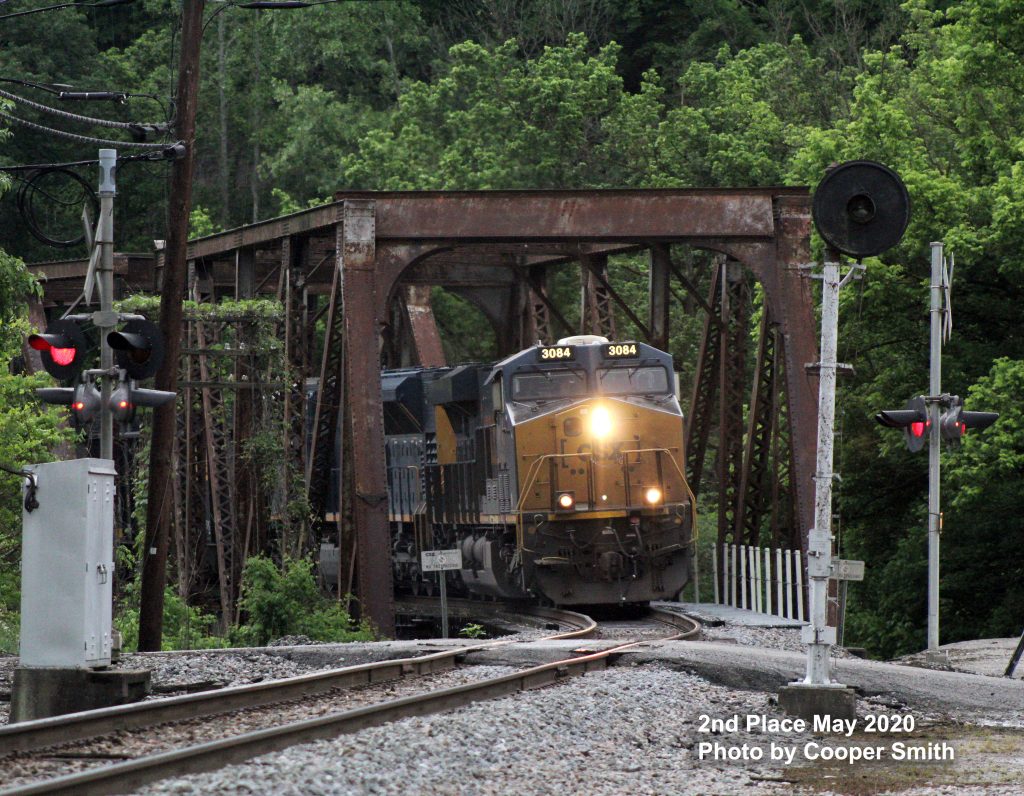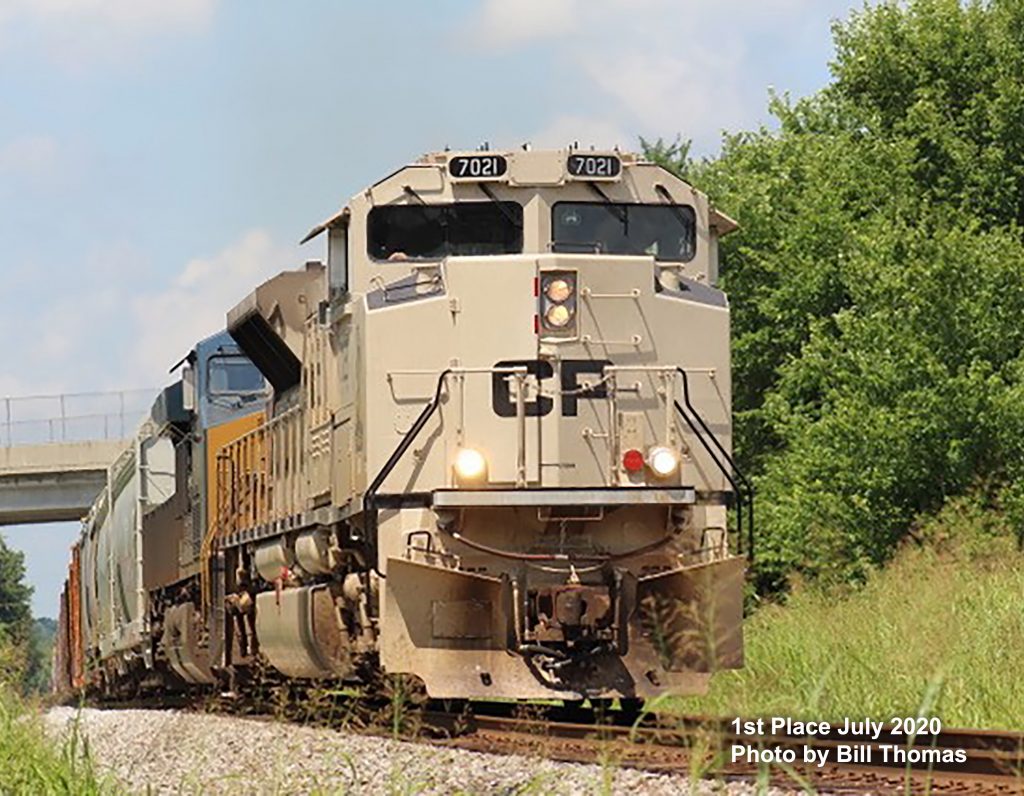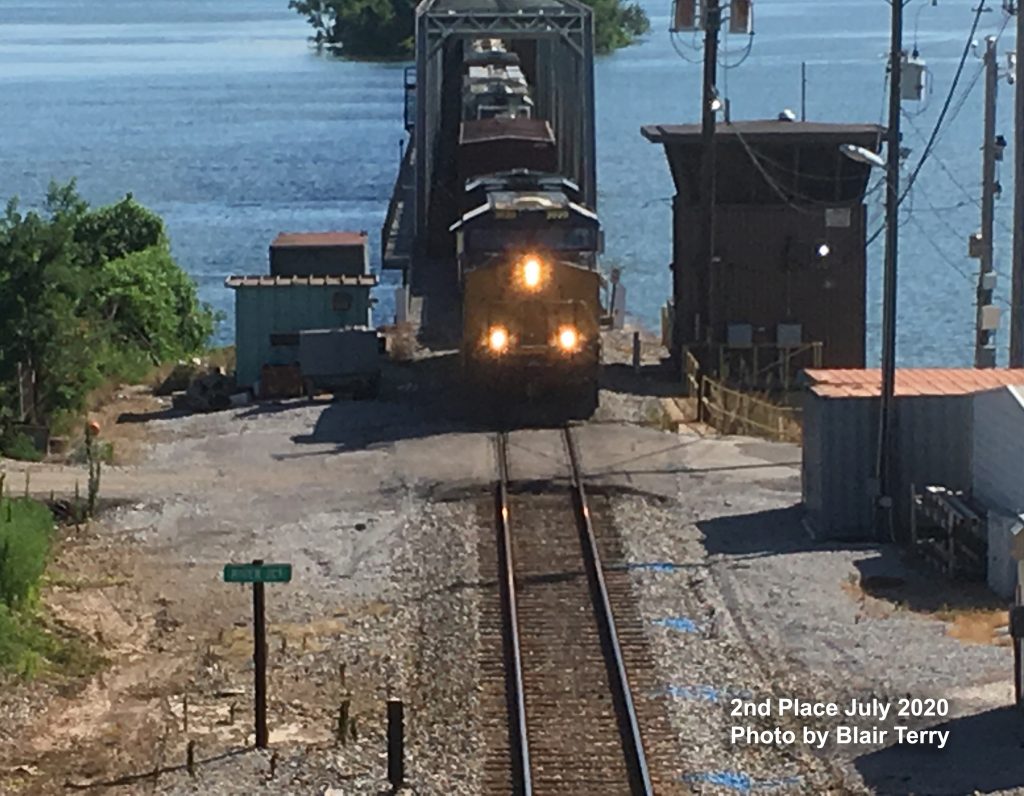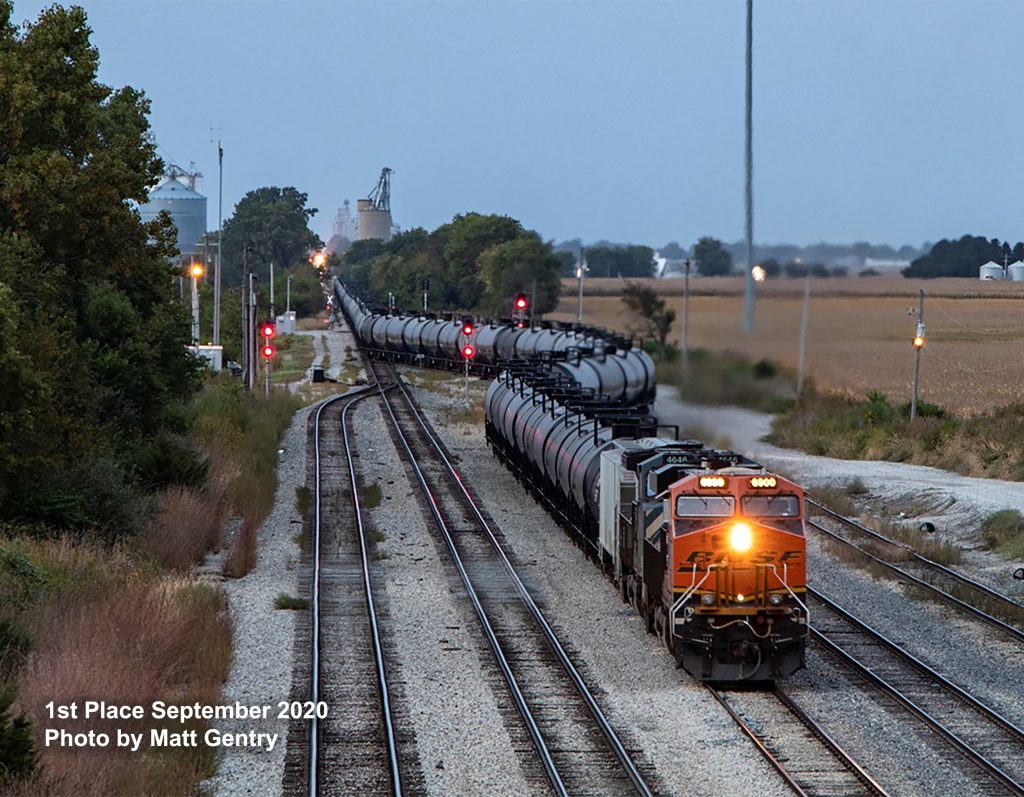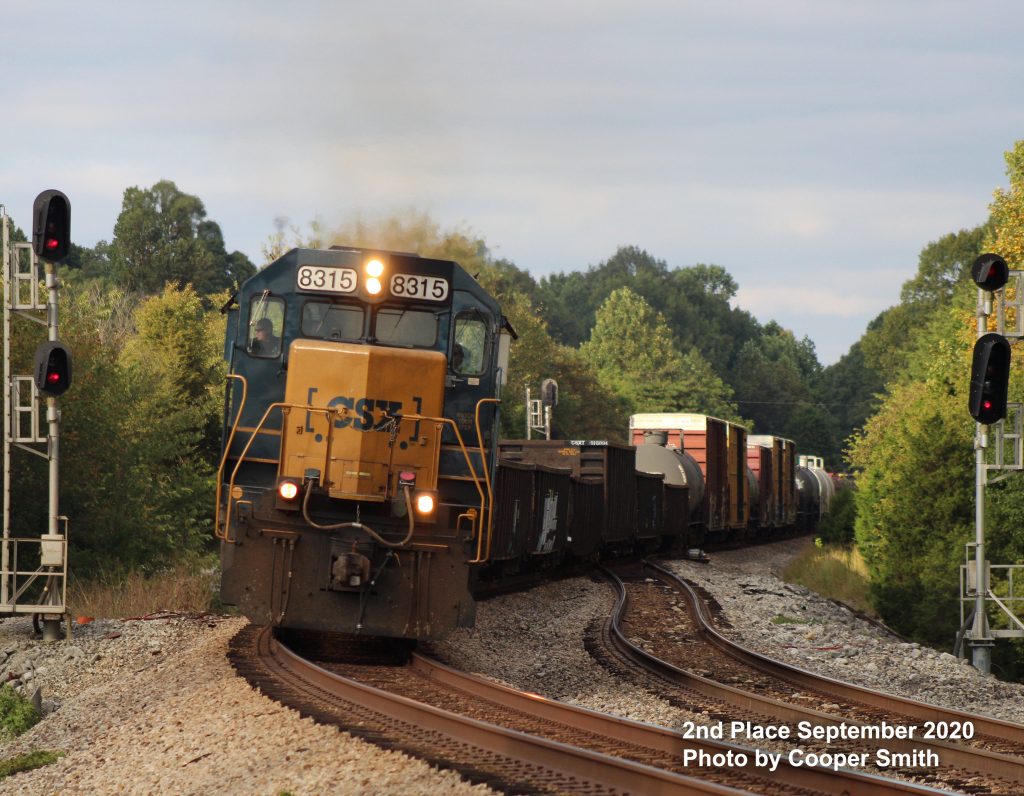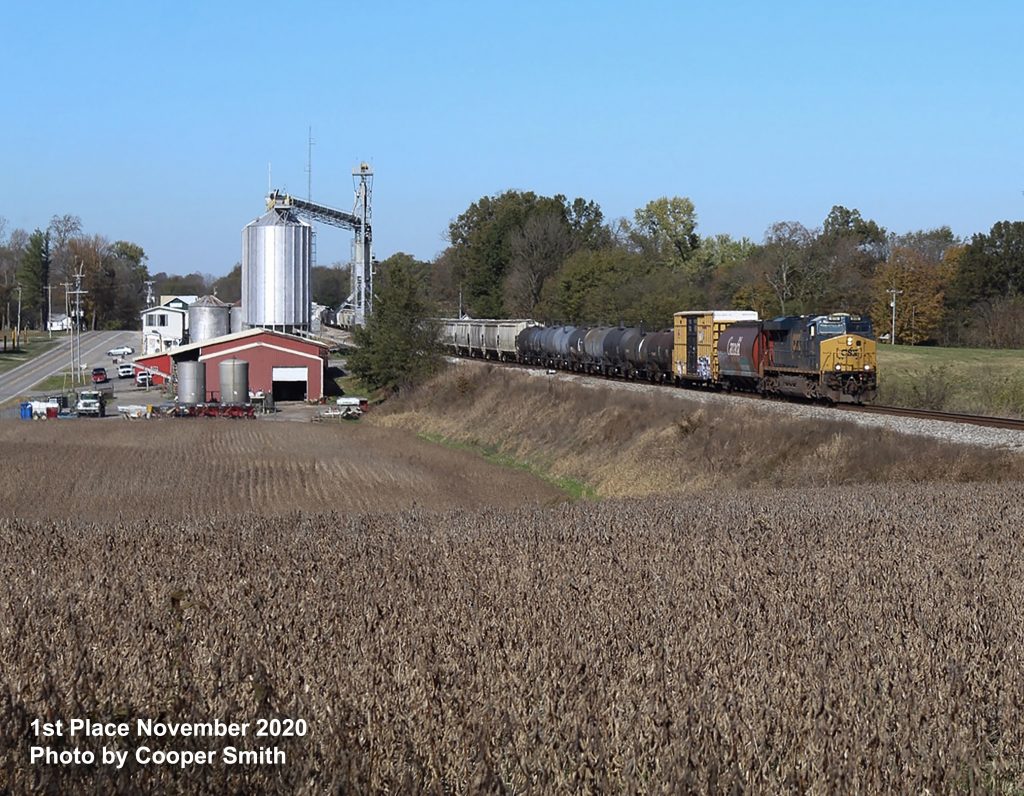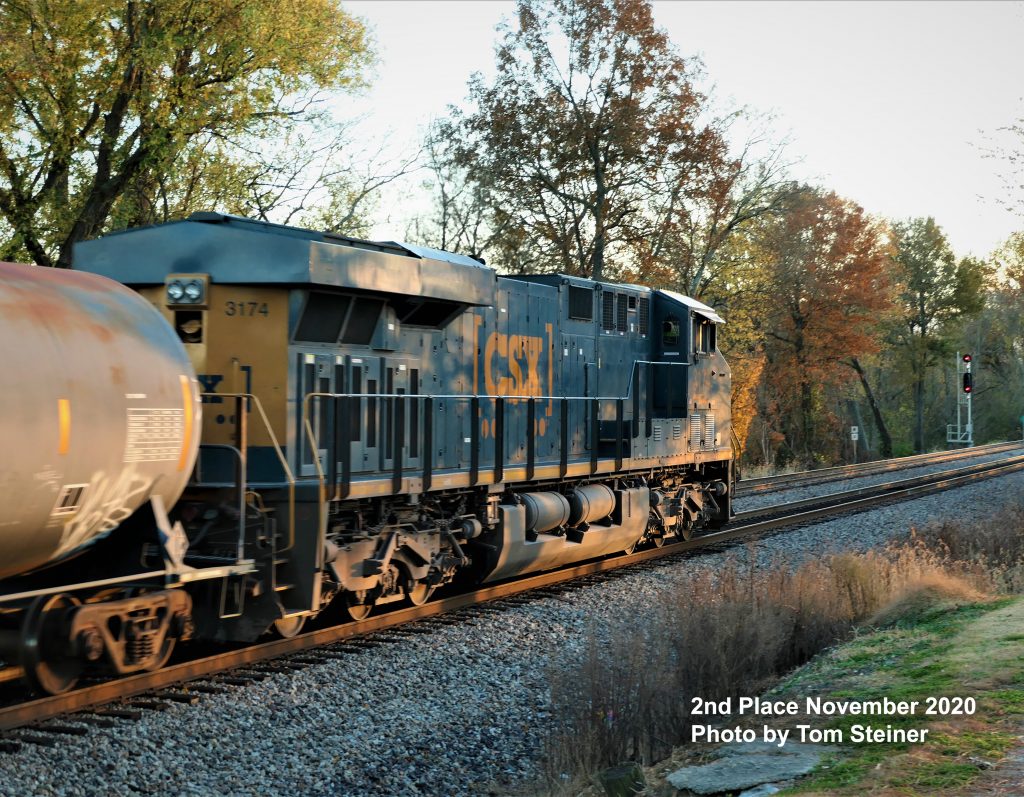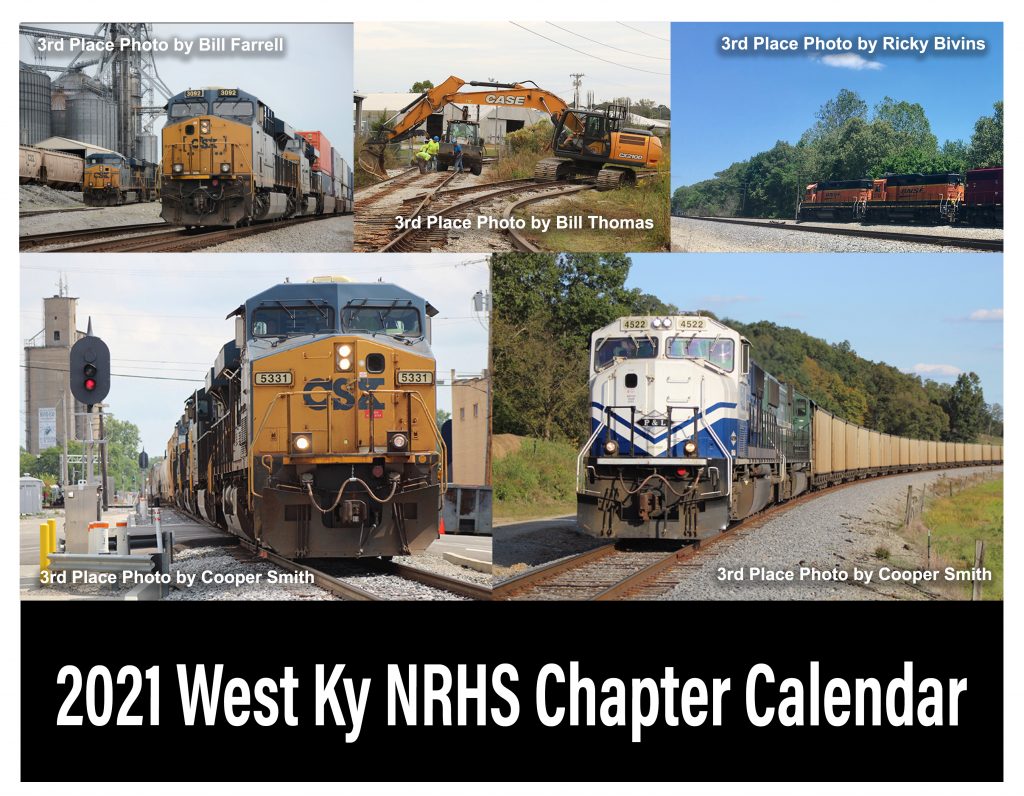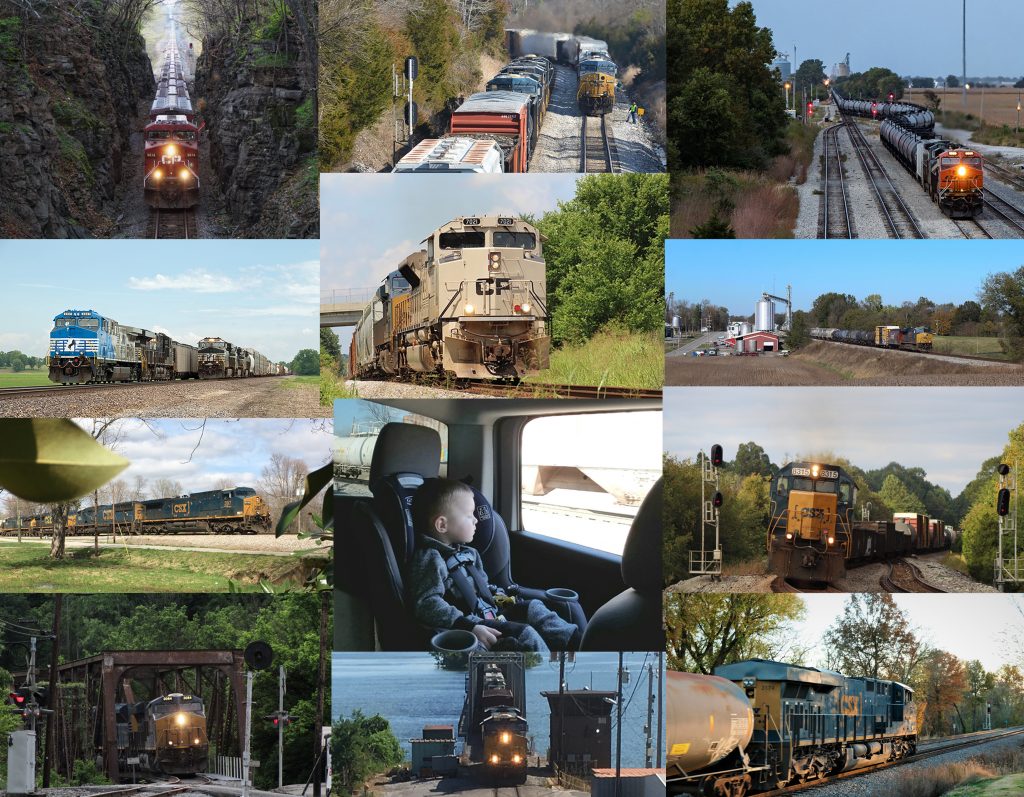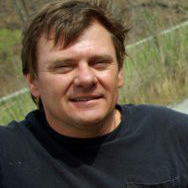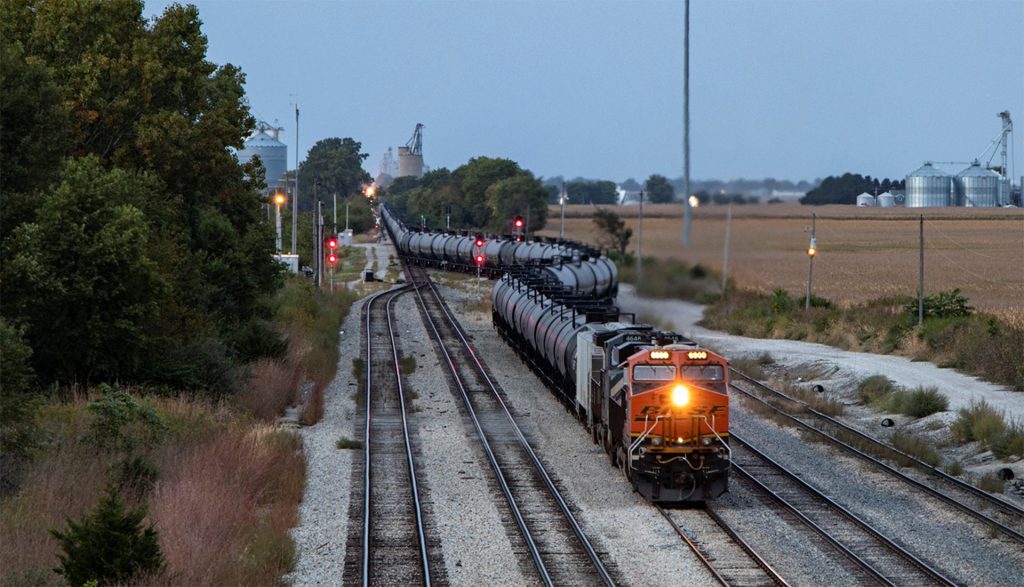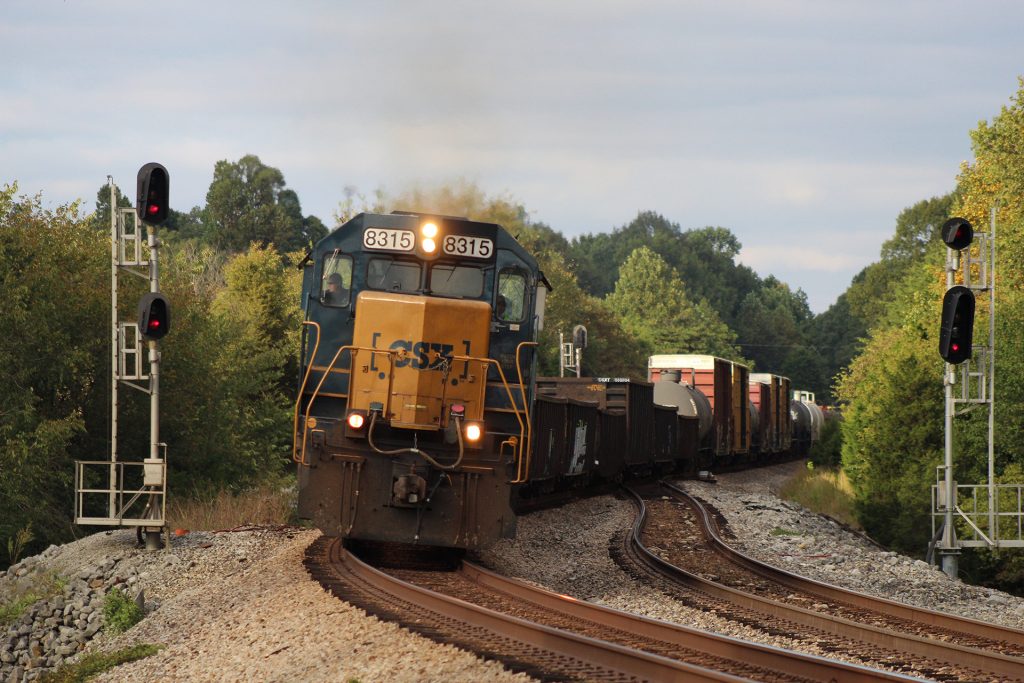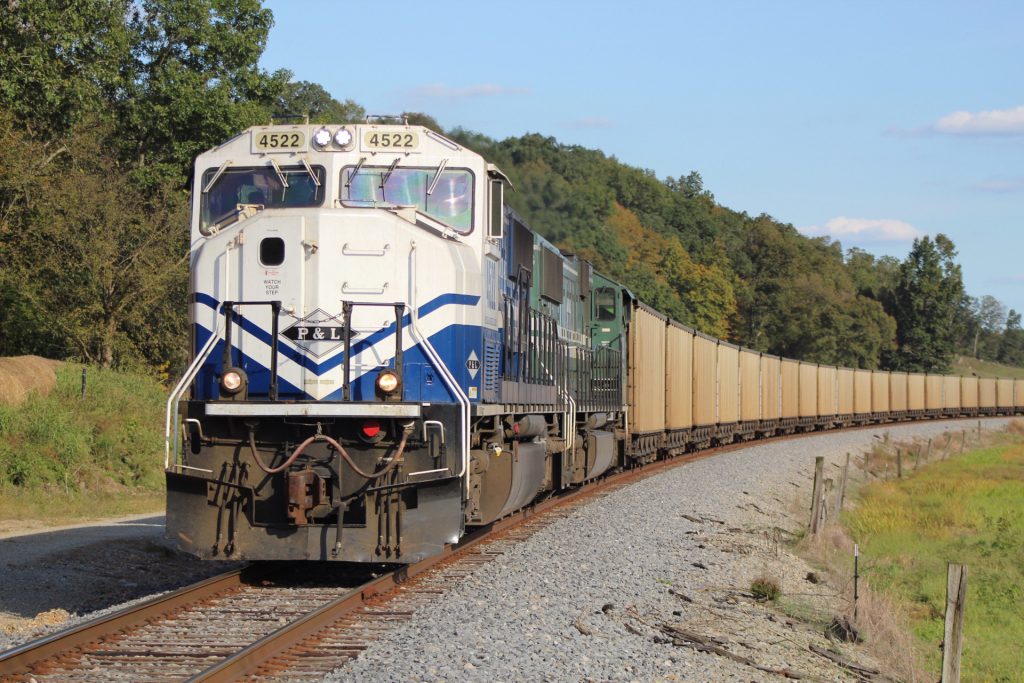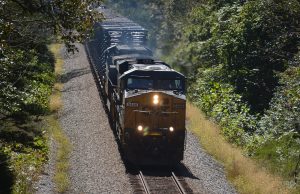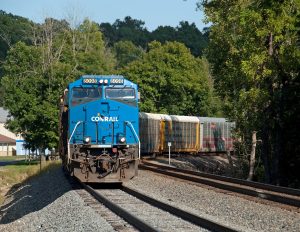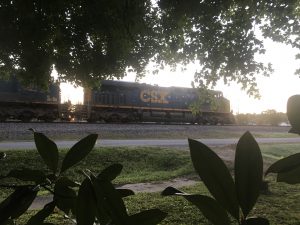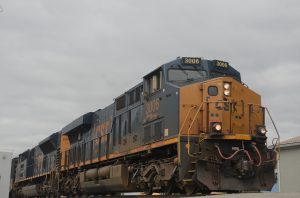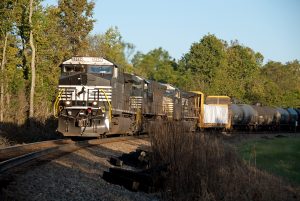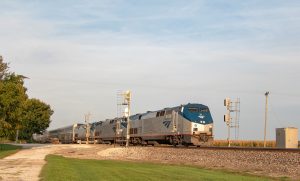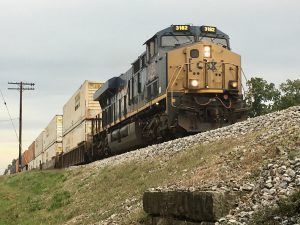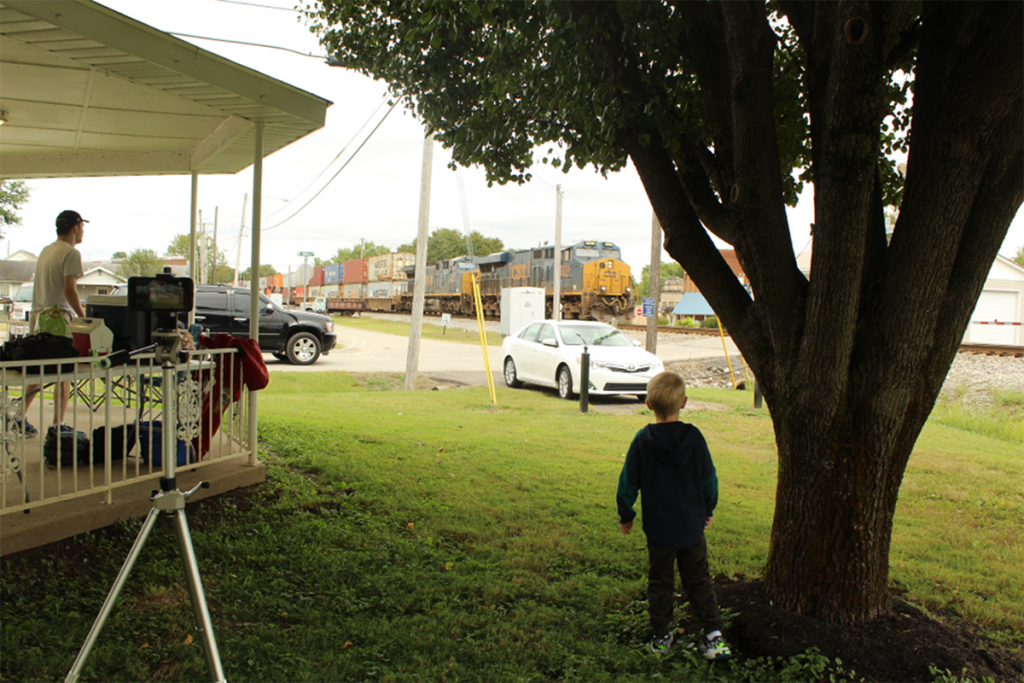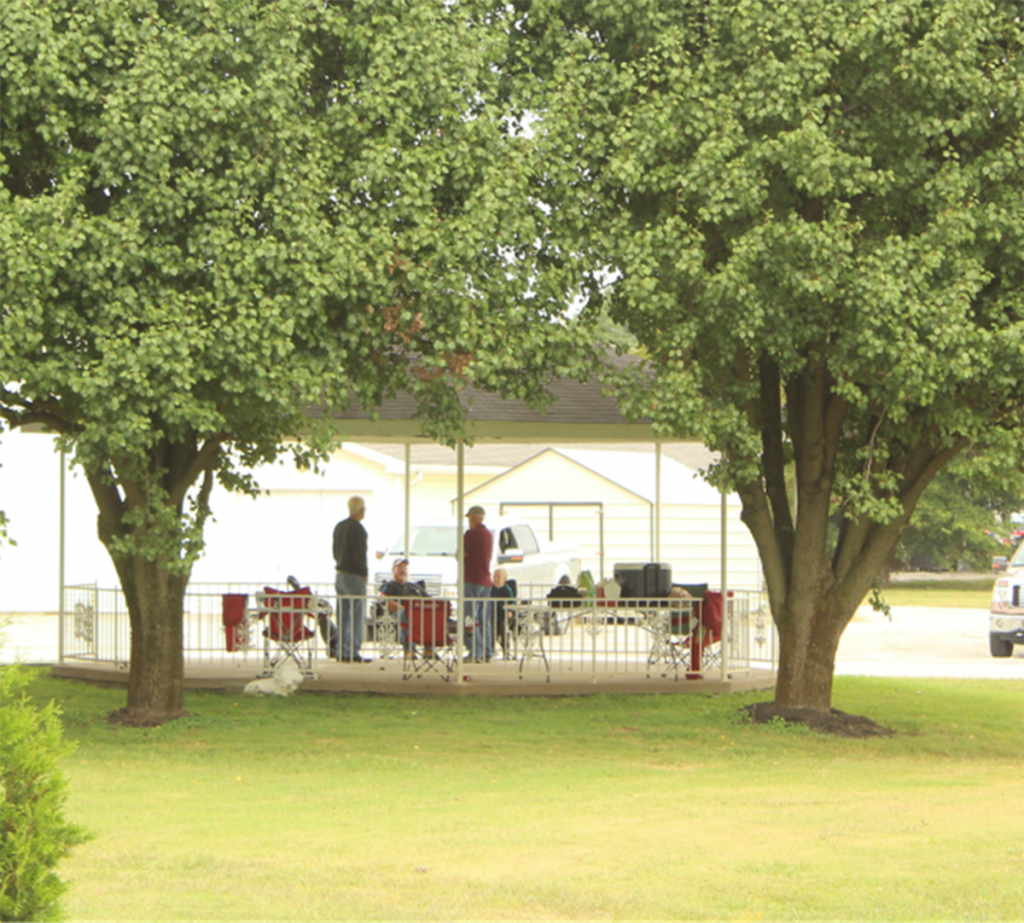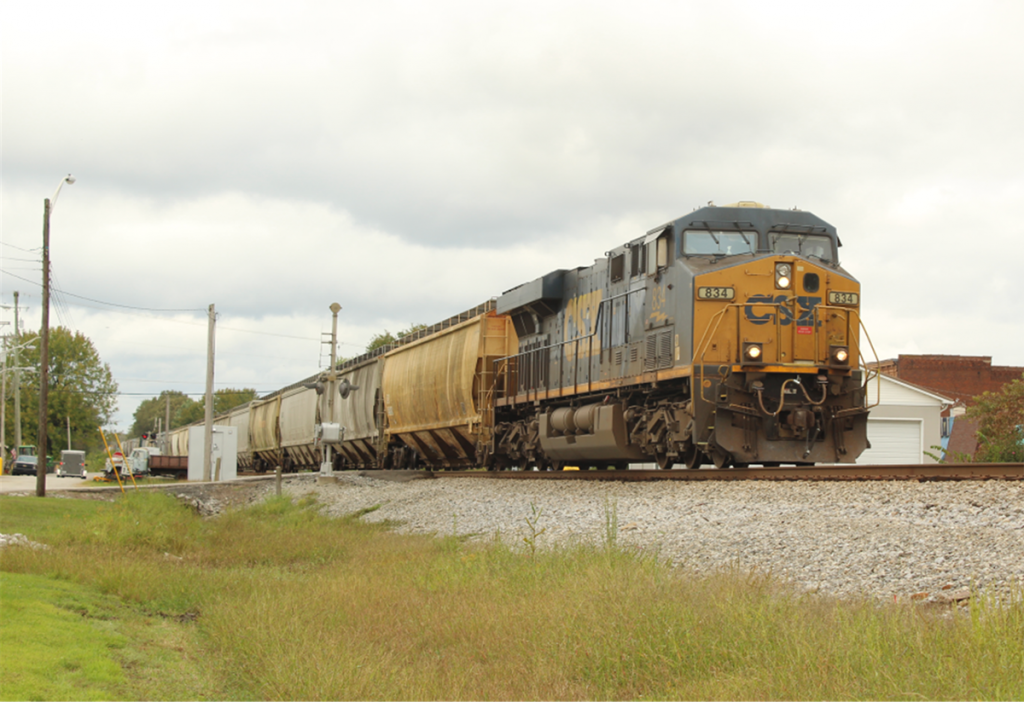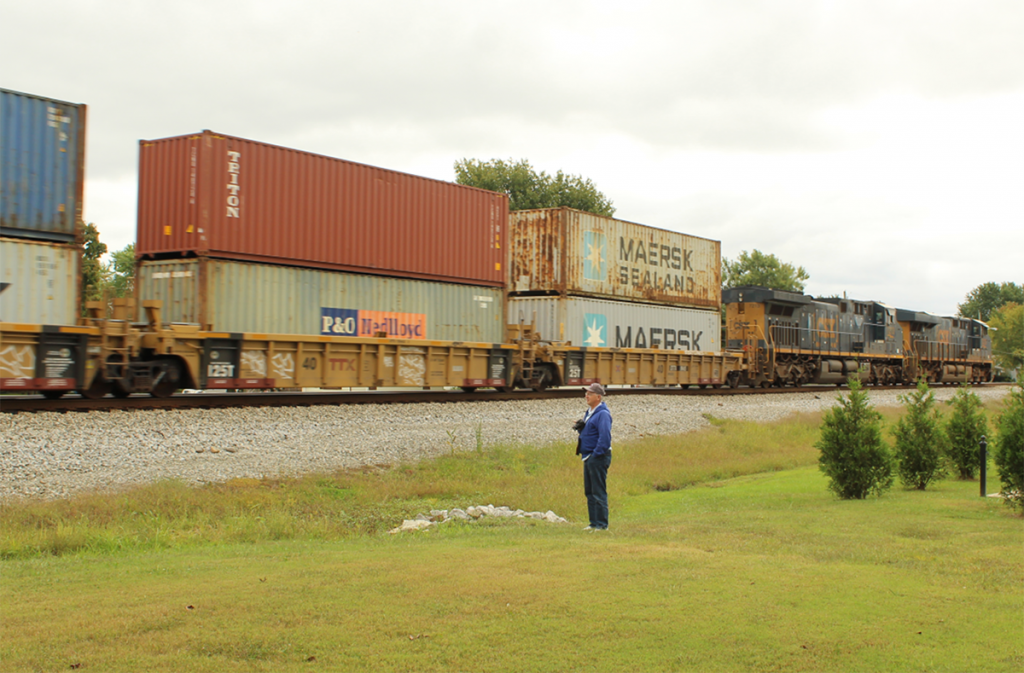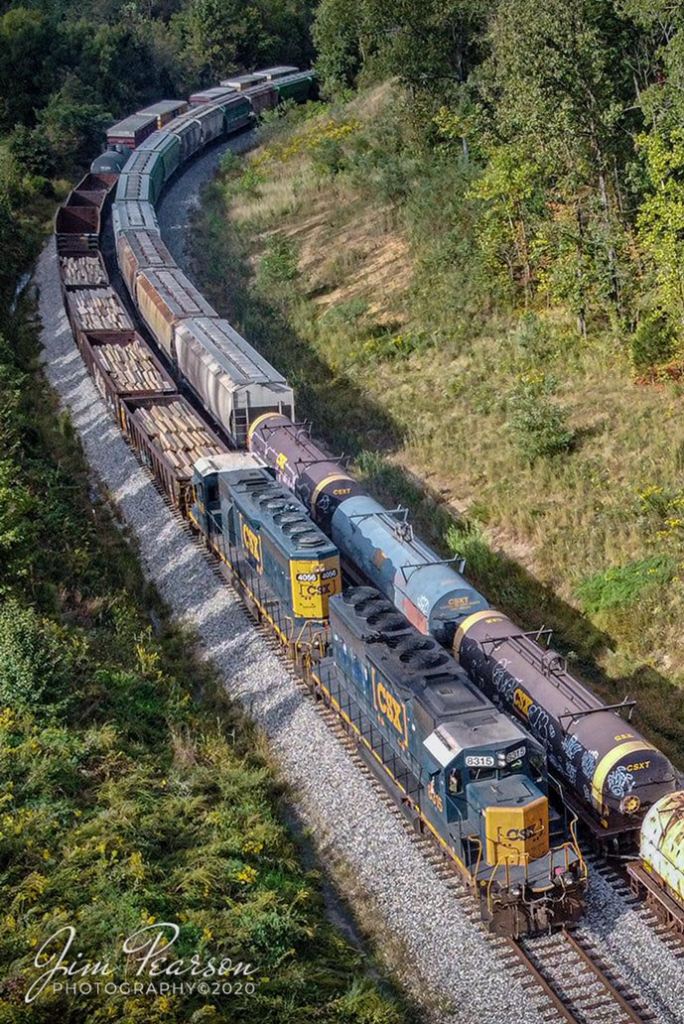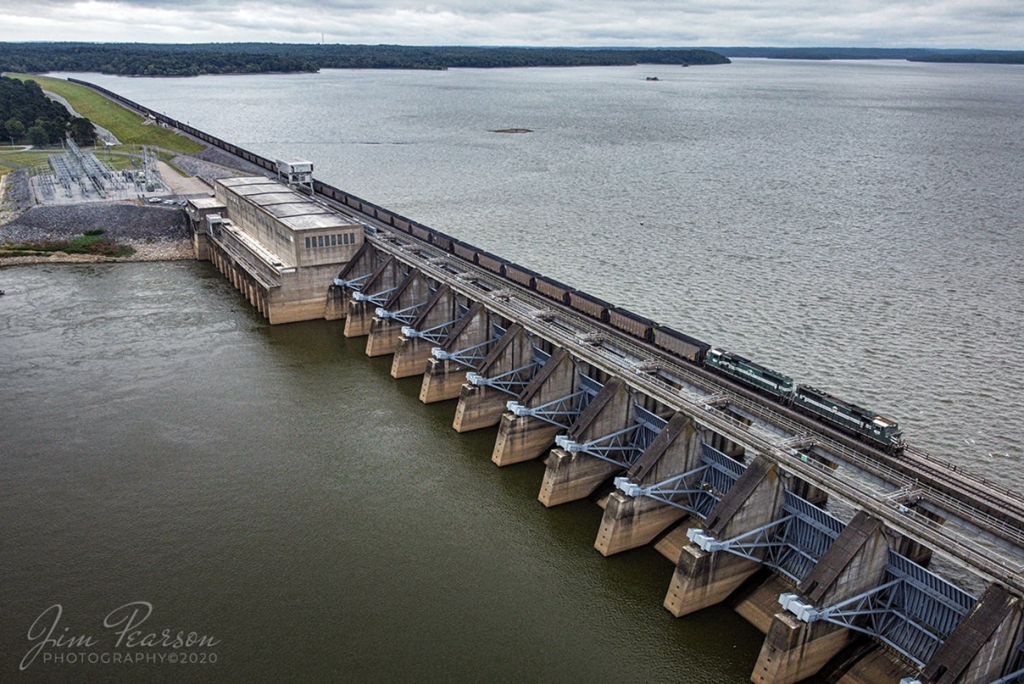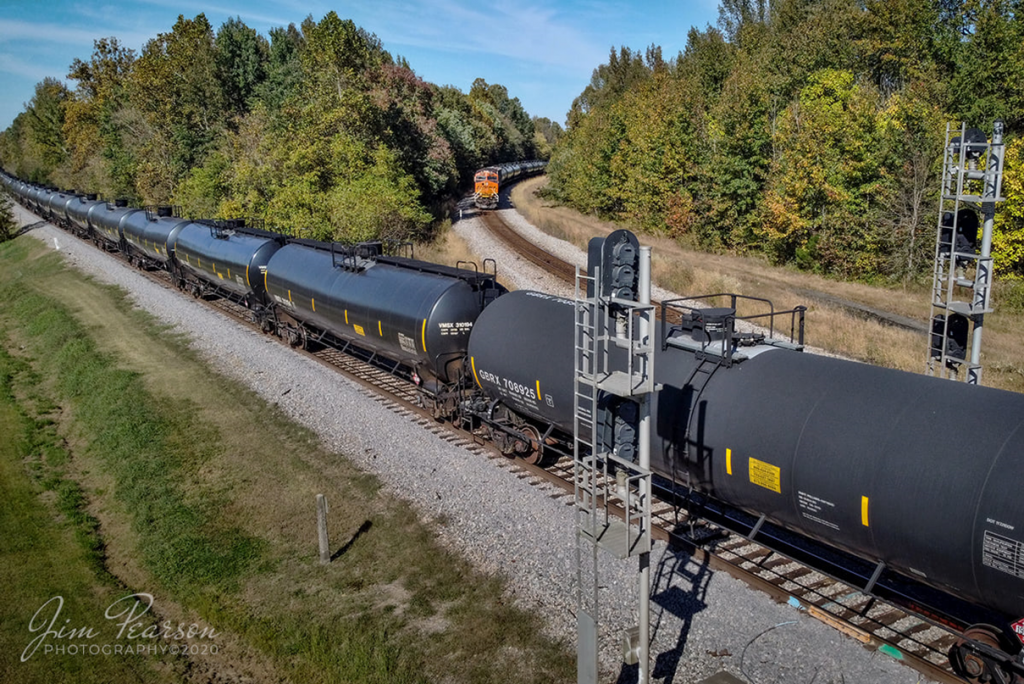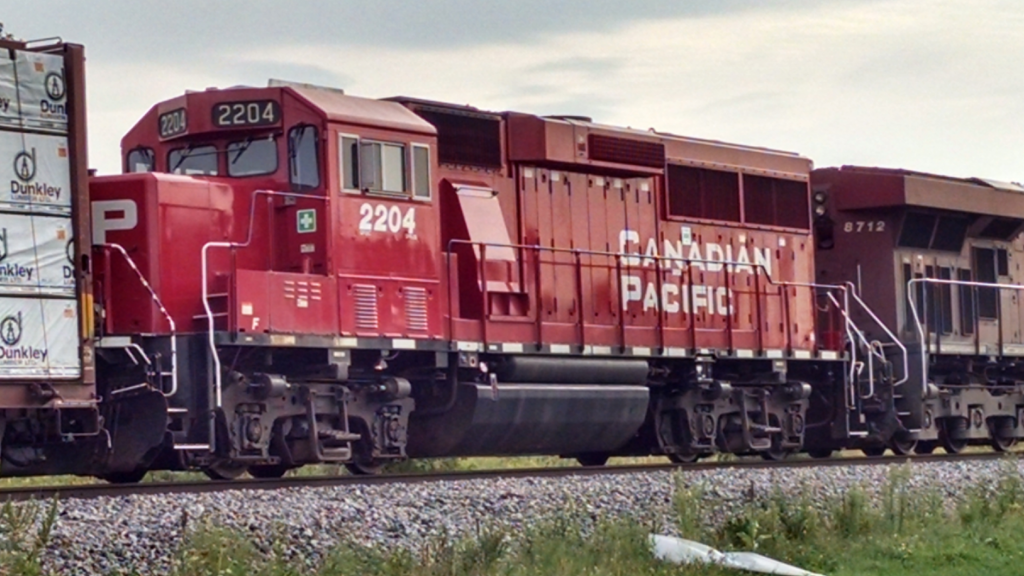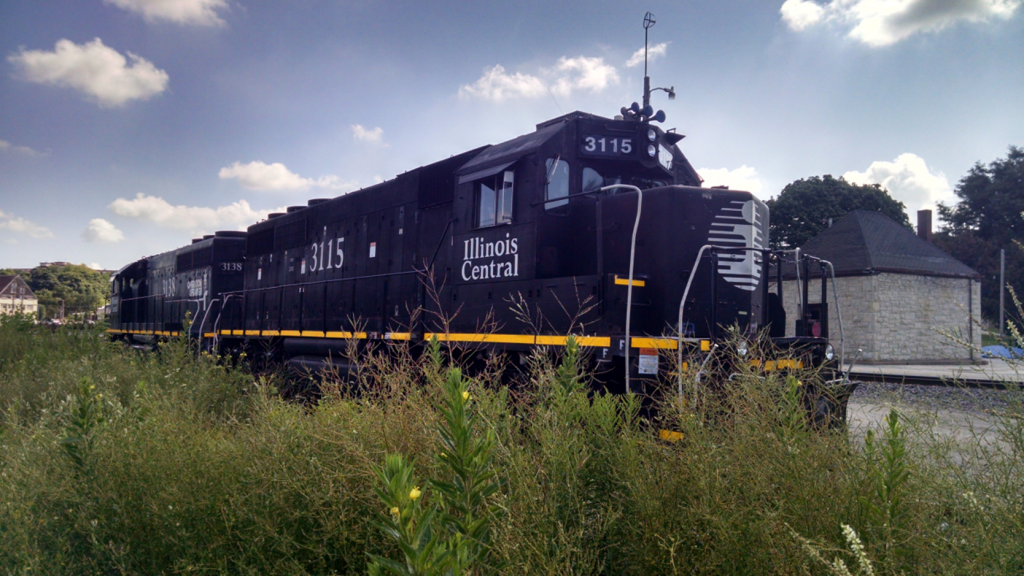Shooting trains at night can be troublesome so I here’s a few tips on shooting at night using manual settings. You can also shoot on auto, but you’ll get better results if you use manual as the headlights from a train can “fool” your camera on auto. Also, many folks photograph trains at night using flash, but that’s another ball of wax and involves a lot more work and I won’t be covering that in this article.
First and foremost are two things. Use a tripod and turn off your VR on your camera or lens, otherwise when shooting it can cause blurry images when shooting on a tripod. If your gear doesn’t have it then you don’t need to worry. This applies if you’re using a tripod.
For best results use the fastest lens you have with the fastest shutter speed. if you are hand holding also use the highest ISO you can, but no higher than you must, and when hand holding use the VR if you have it. It’s also a good idea to brace yourself against something to help hold the camera steady when hand holding at night.
Shoot a test exposure based on what the camera tells you. If it’s too dark, increase the exposure, too light, decrease it.
Join other night photography groups on Facebook so you can see what other people are doing and how.
Use the self-timer when possible when shooting at tight. It helps eliminate camera shake from when you press the shutter. Better still, get an electronic cable release.
Learn to manually focus your camera. Auto focus at night can be troublesome.
If your camera has a setting for Locking the mirror up before taking your picture, then use it. When shooting at night, sometimes the slap of the mirror can cause camera shake.
Pop over to YouTube and watch videos on shooting at night. There’s a wealth of them available and free!
Here’s a few good ones.
Here’s some articles on the subject as well:
https://www.cnn.com/travel/article/railways-at-night-pictures/index.html
https://lens.blogs.nytimes.com/2012/11/16/when-steam-locomotion-ground-to-a-halt/
Night photography of trains and railroads can be very dramatic and enjoyable, but it can take time along with some trial and error till you get used to it, but very rewarding. When trackside at night or anytime always remember to be safe!!
